Abstract
A computer-generated composition, software programs, site-specific elevation and climatic data from Ag. Ioannis, Prodromos, Farsala, Panagia, and Kastro locations in the province of Thessaly were vital in constructing the various compositions between 2013 – 2024. Grains from musique concrète and electronic sounds created a powerful way to experience complex micro-sound phenomena. Electronic waveforms are sinusoids at specified frequencies. Sampled acoustic waveforms are read from locations with or without frequency alterations. Together, they create sound diagrams of macro-environmental communication paths. The process derives its sound complexity from the amount of control data it receives. The sourcing, classification and categorisation of data from natural environments lead to inherent errors with data limitations. Extra care is needed to accurately represent data in analysing ecological dynamics, to engage and minimise discrepancies within systems.
Research ID
Citation Generator
Cite This Research Manuscript
Figures
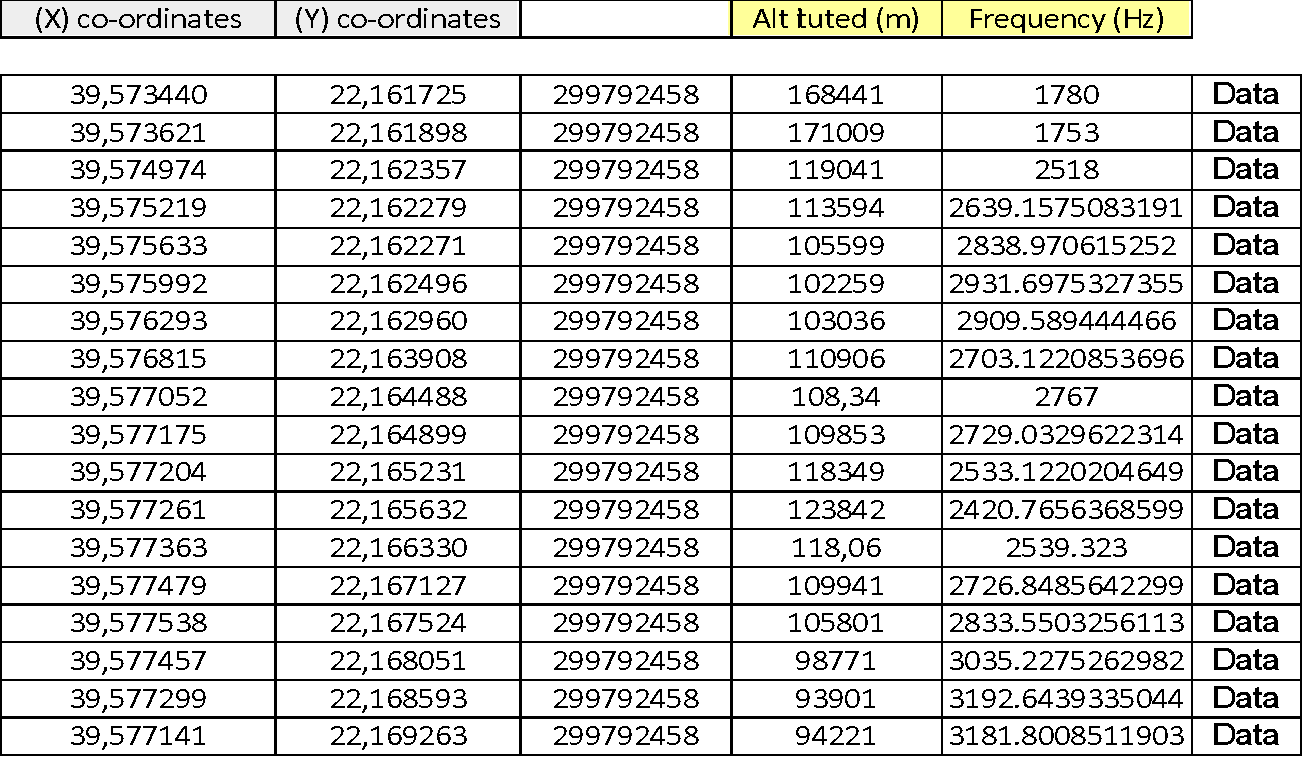
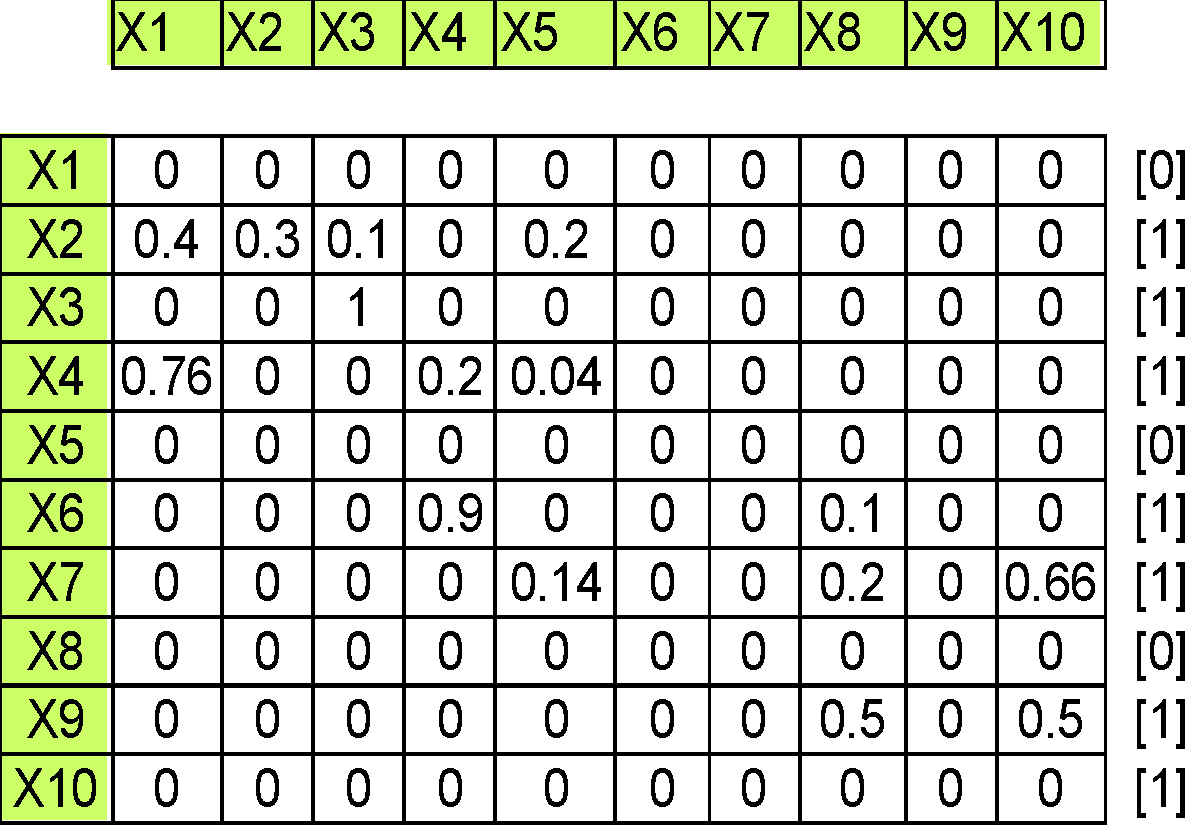

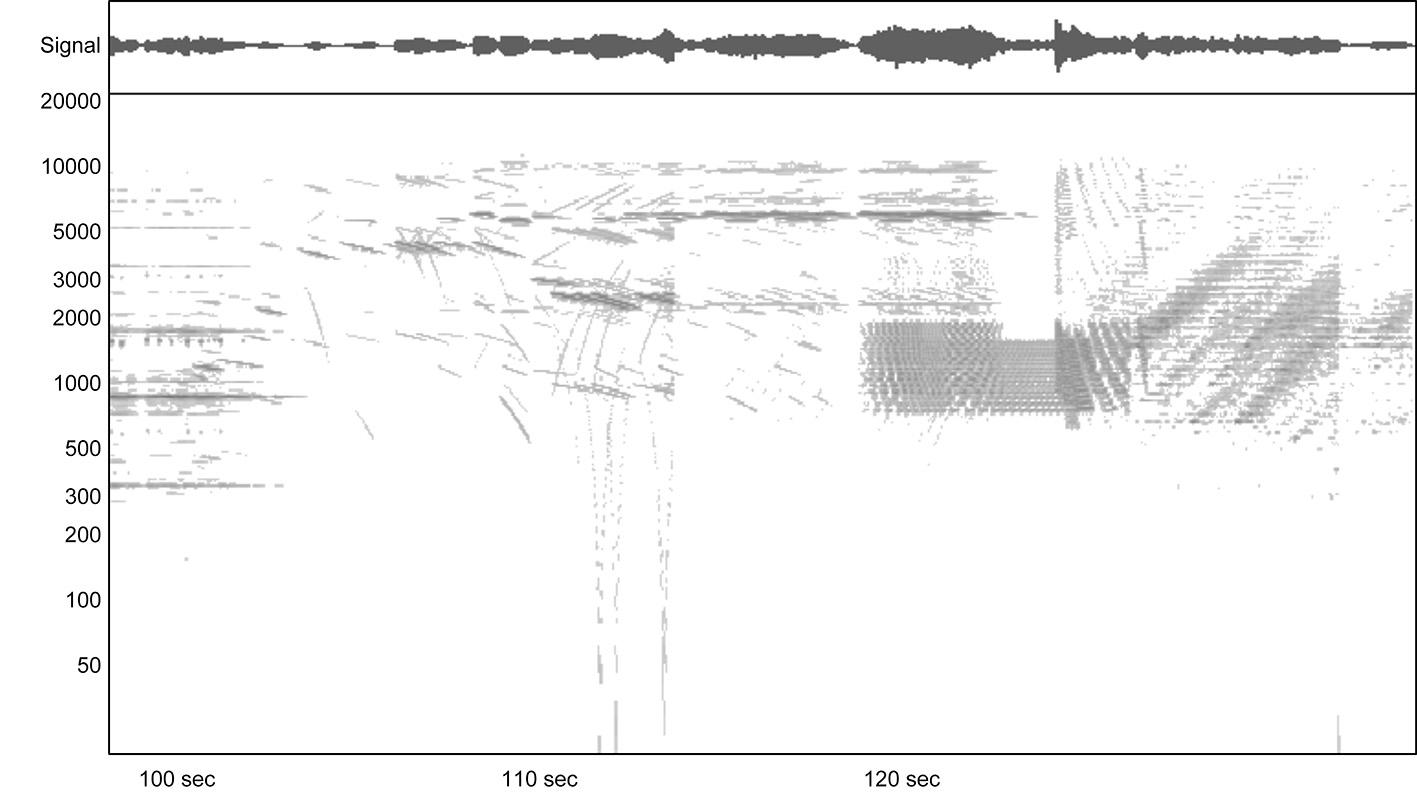
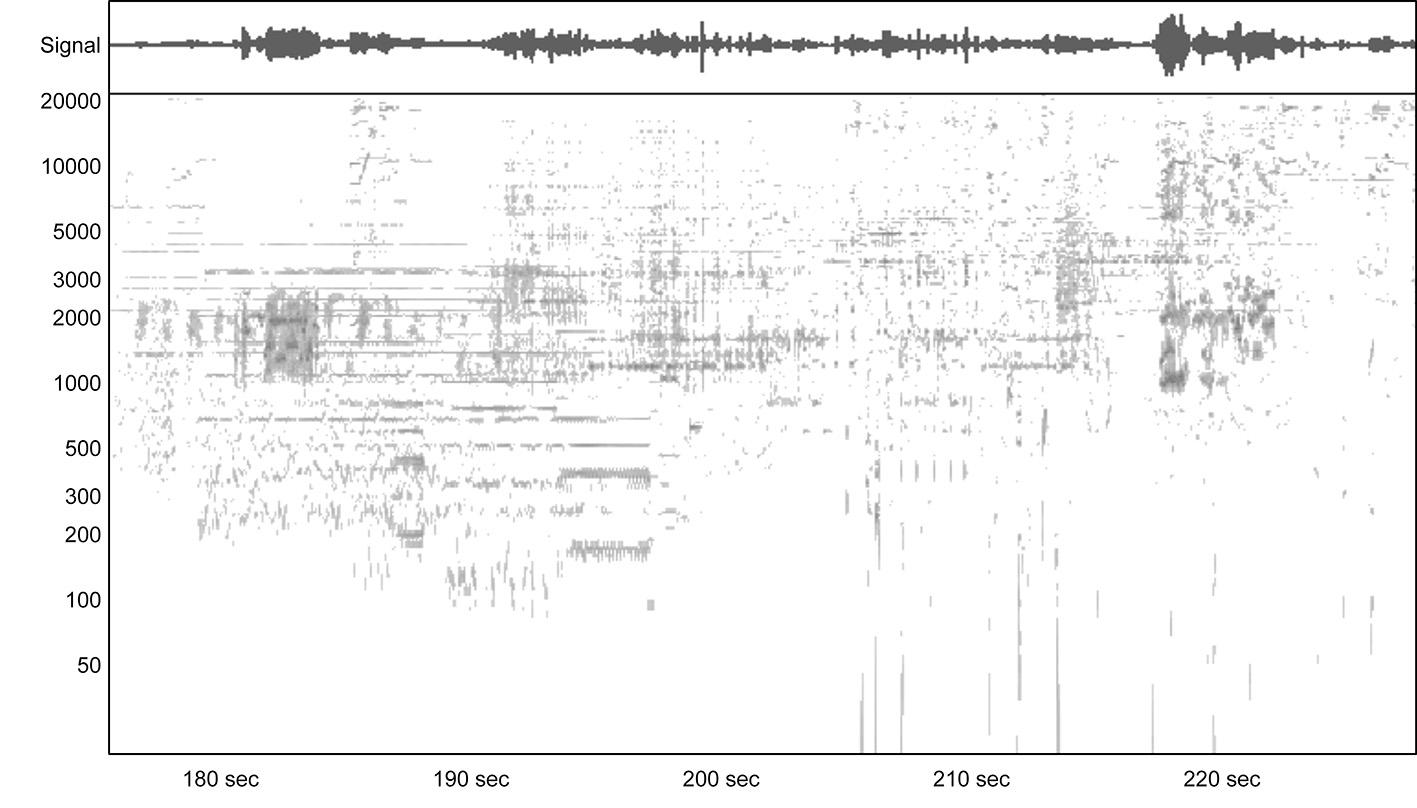
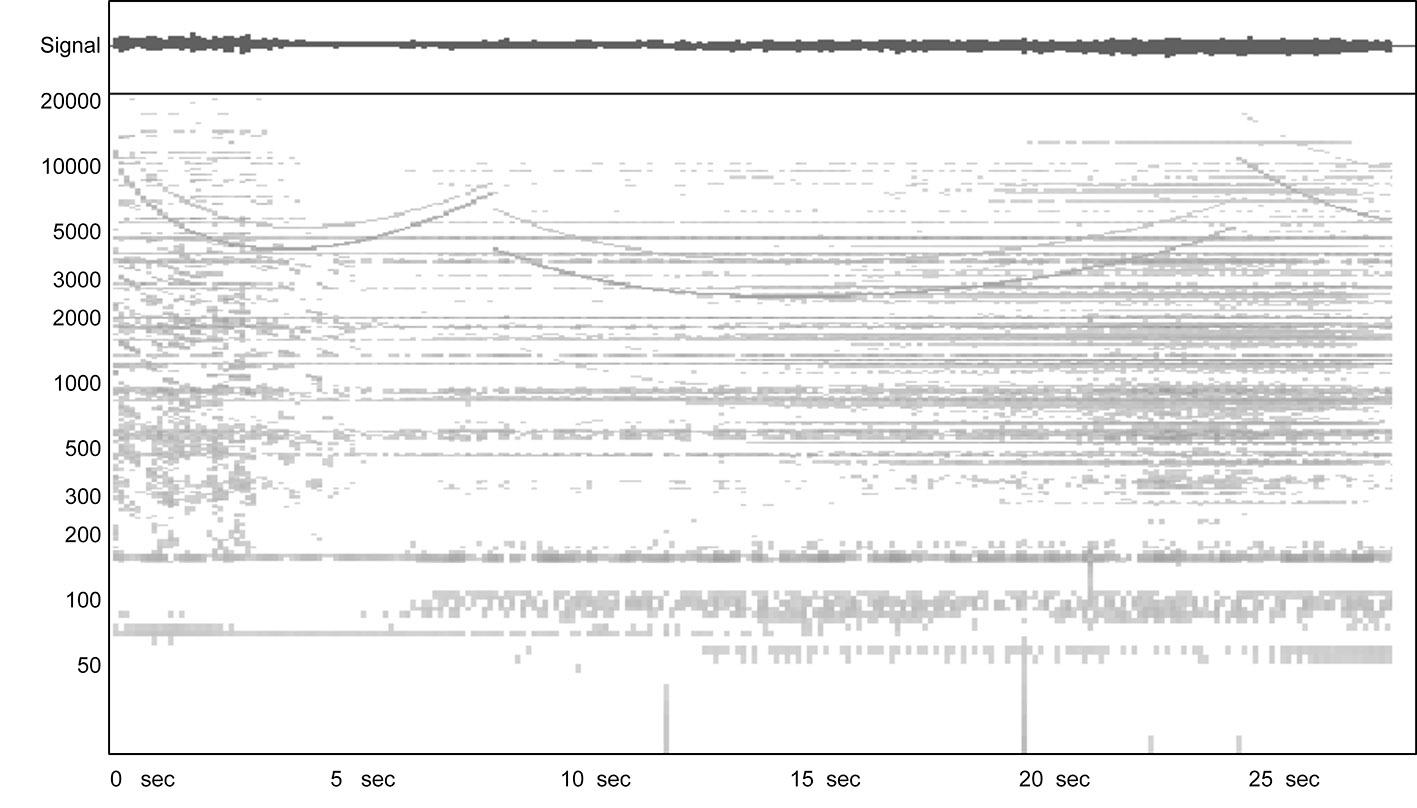
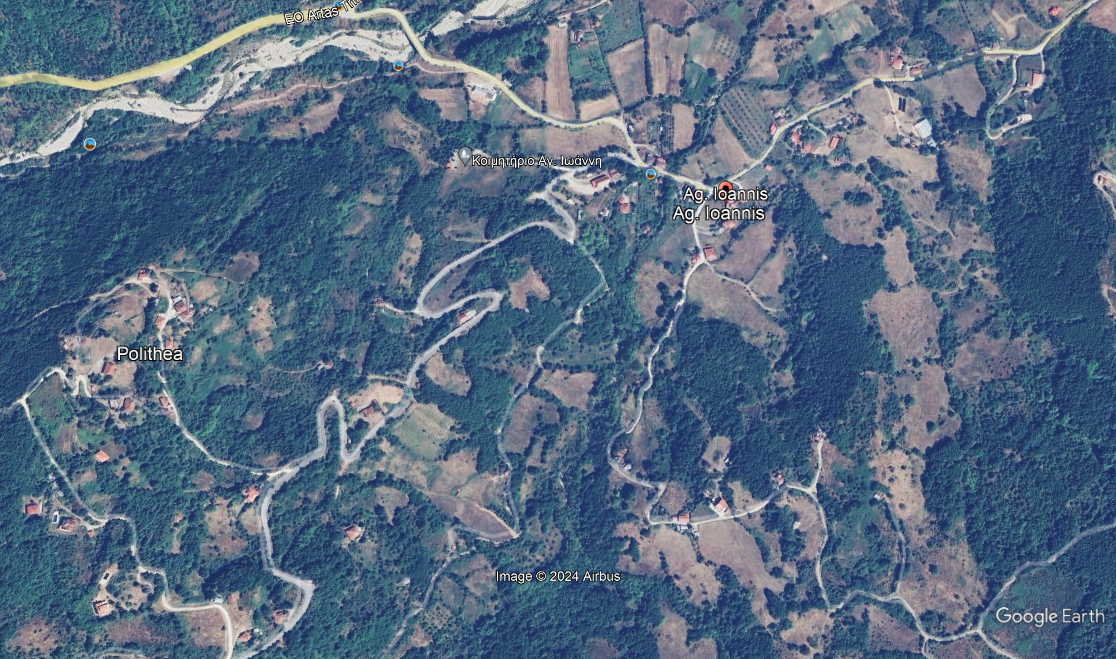
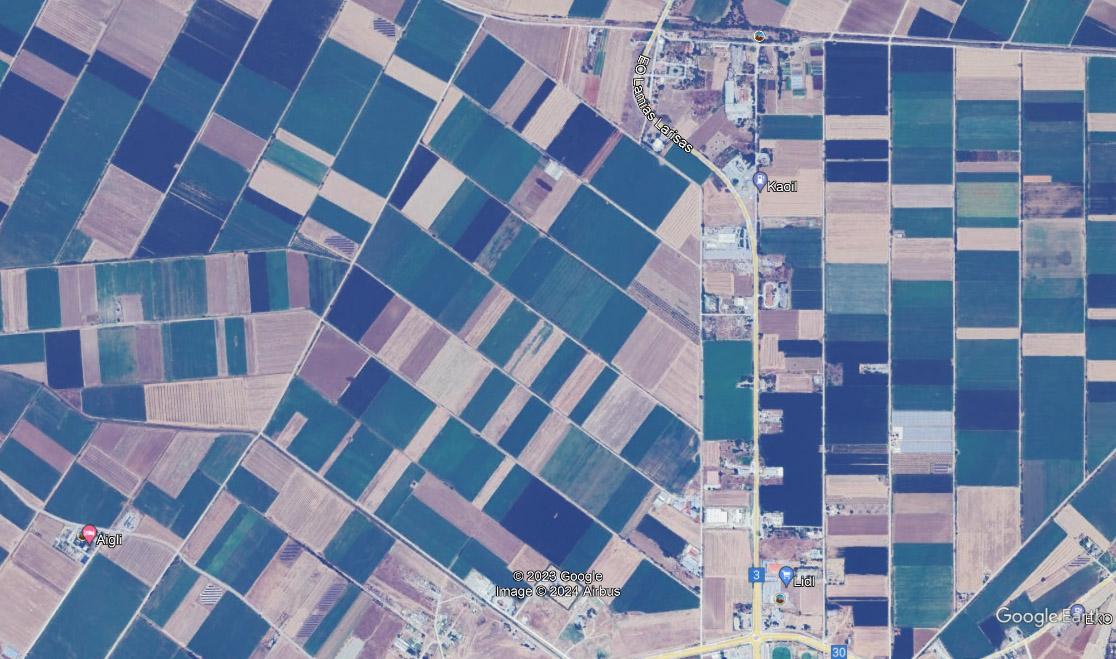
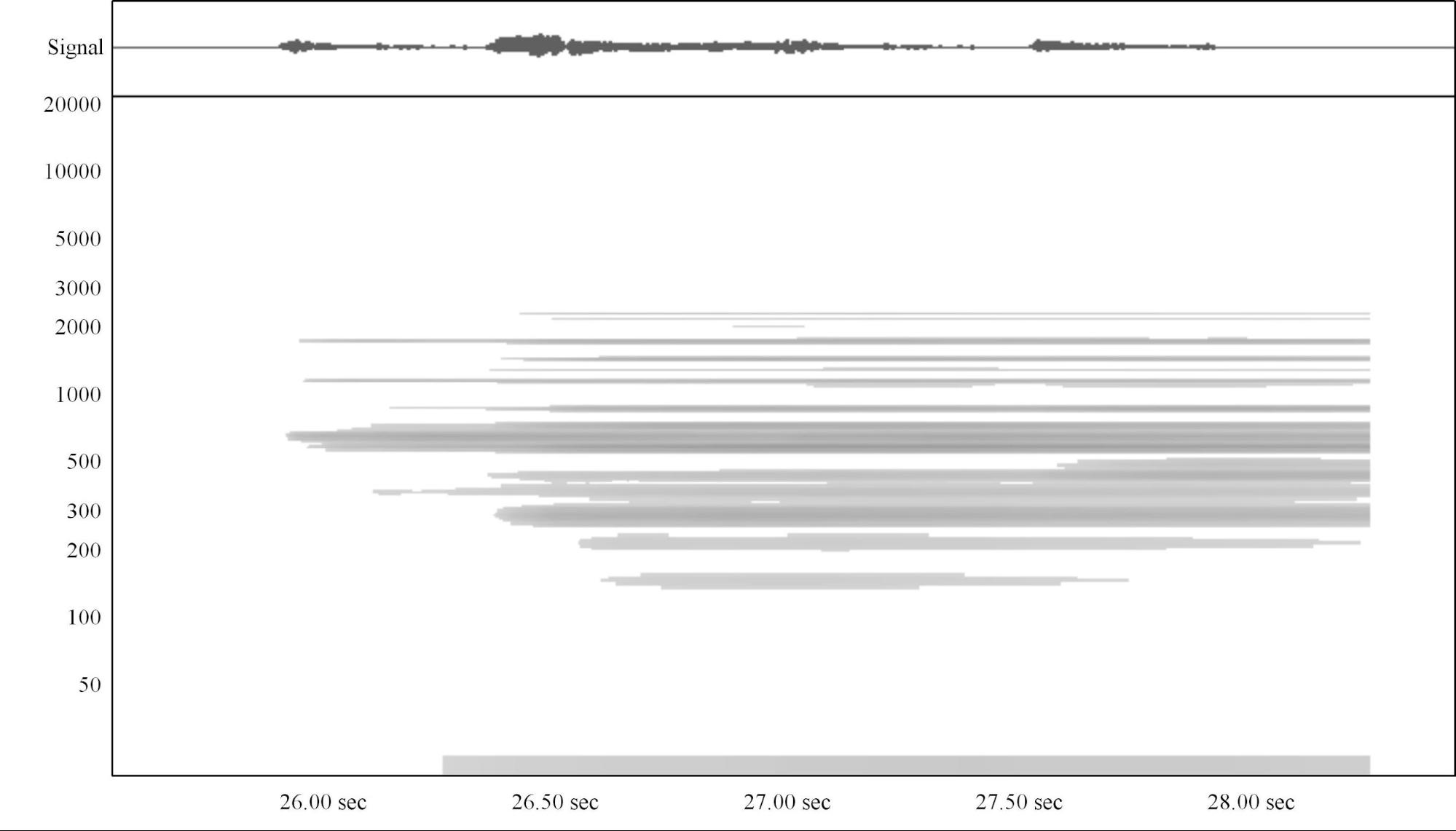
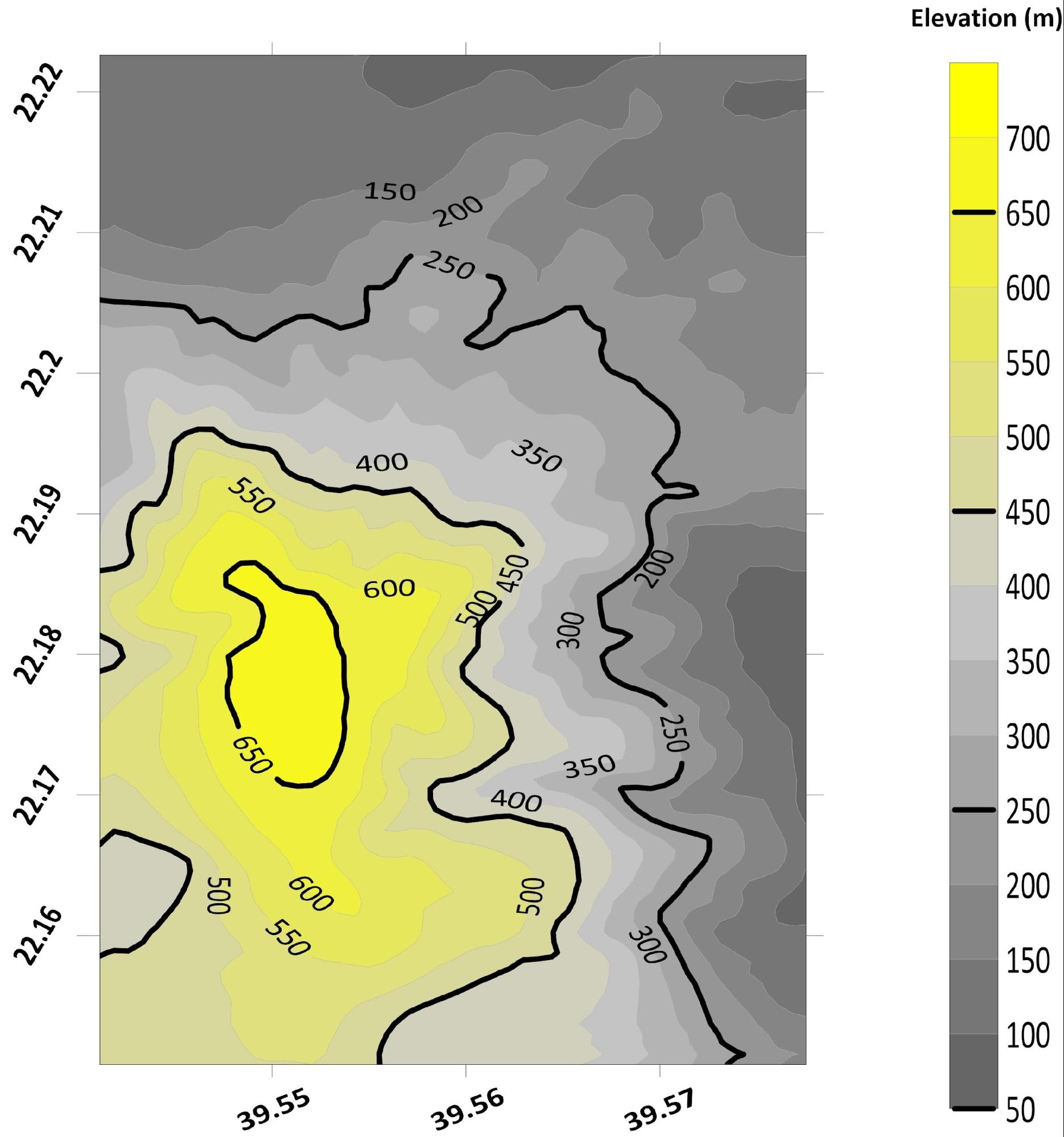
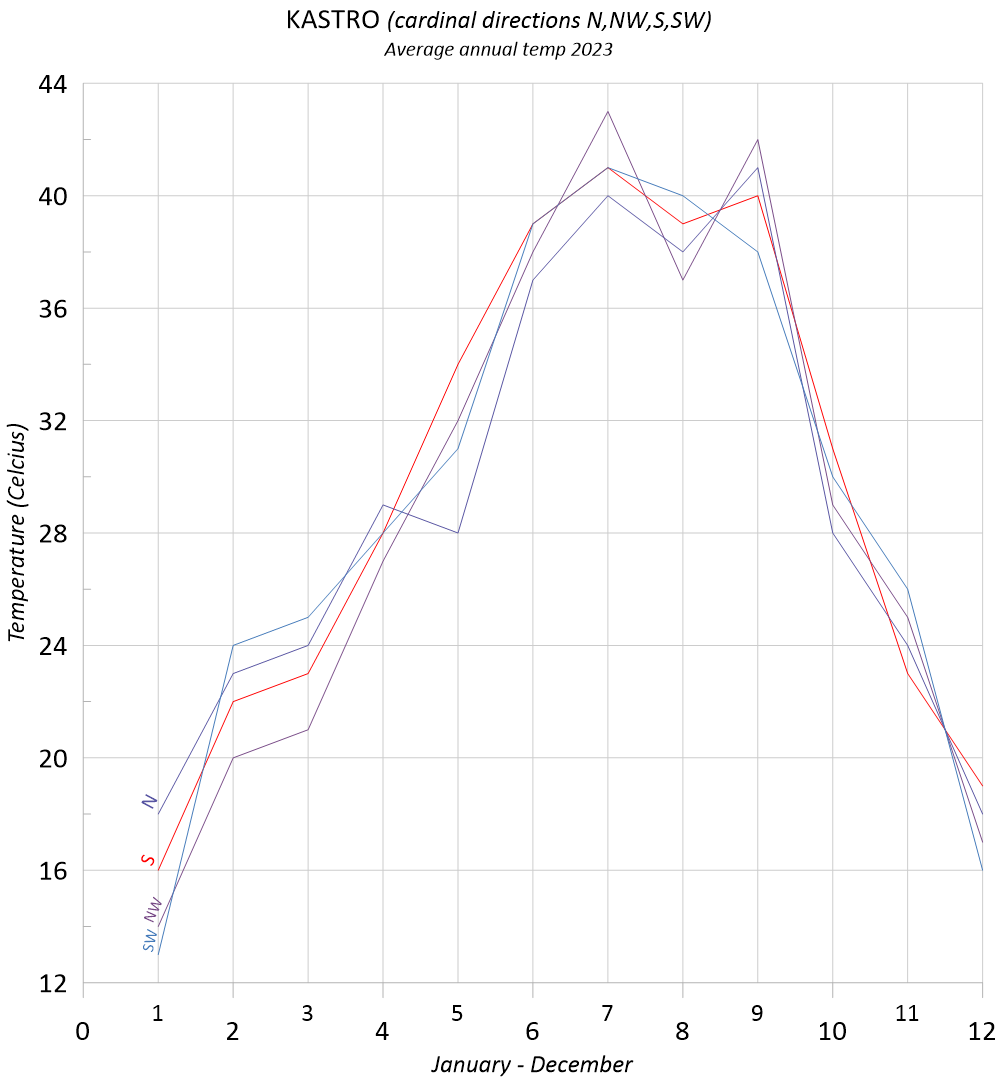
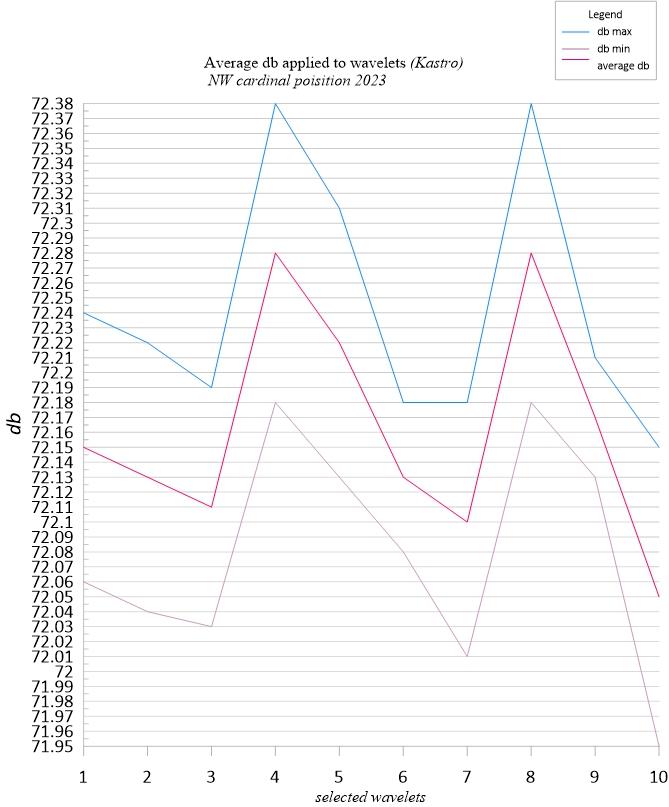
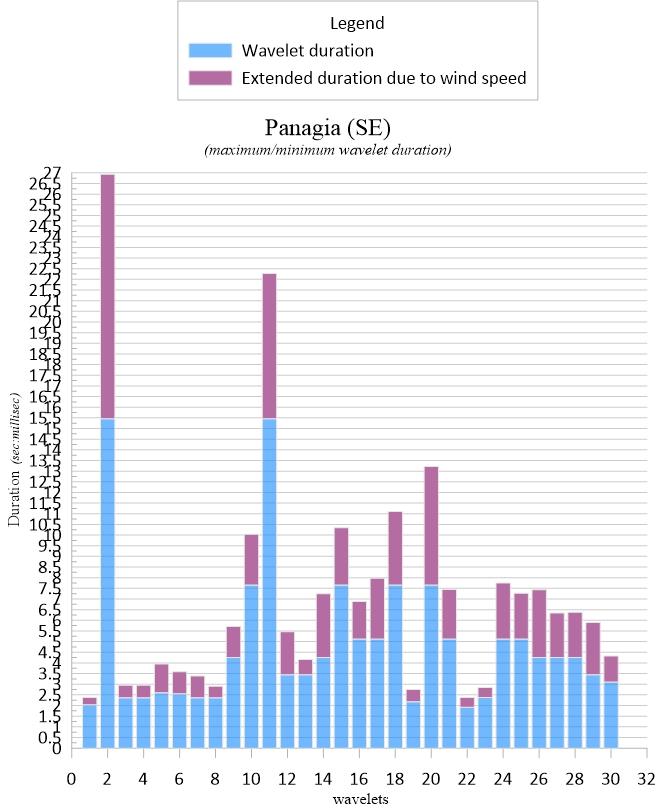

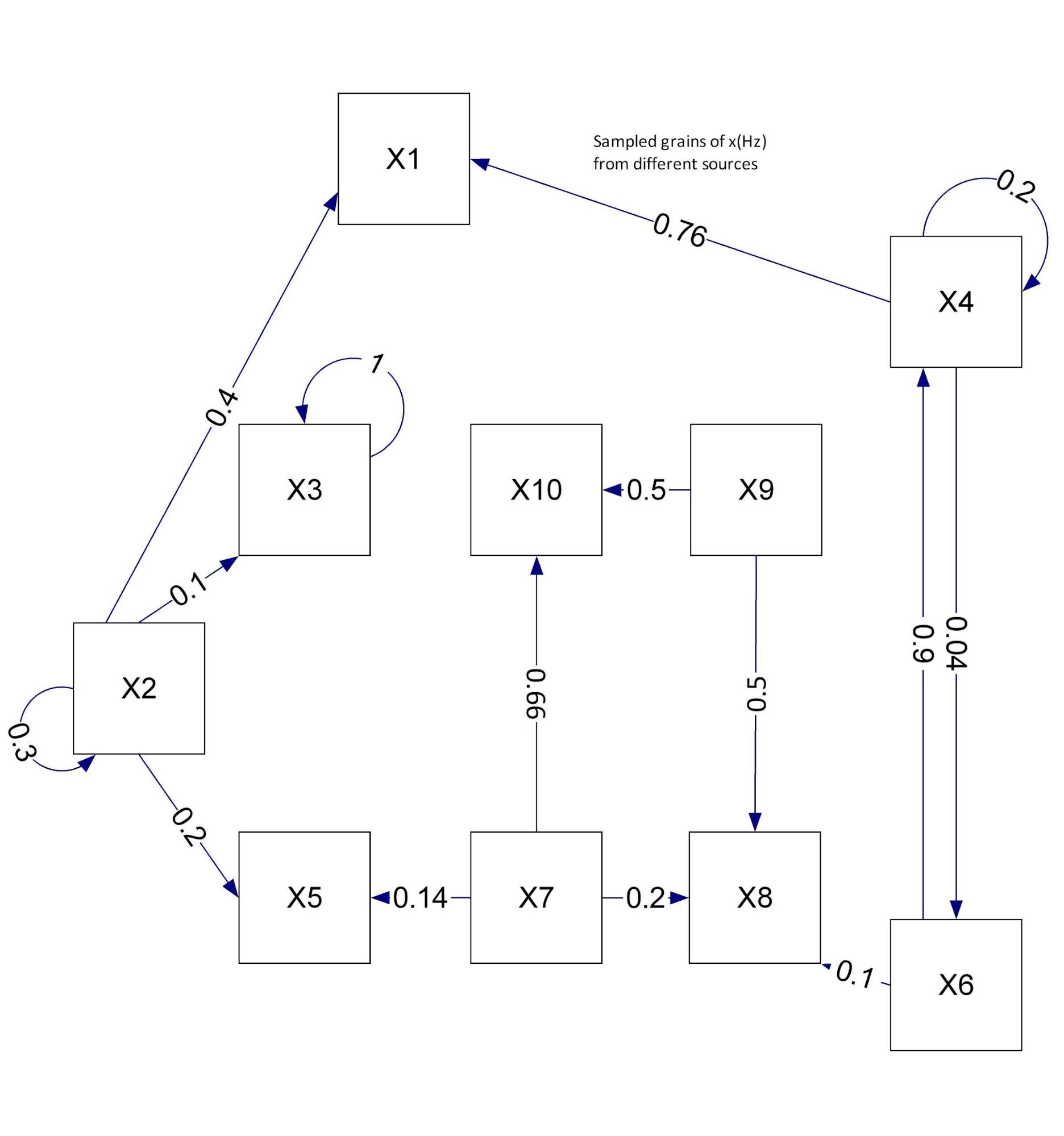
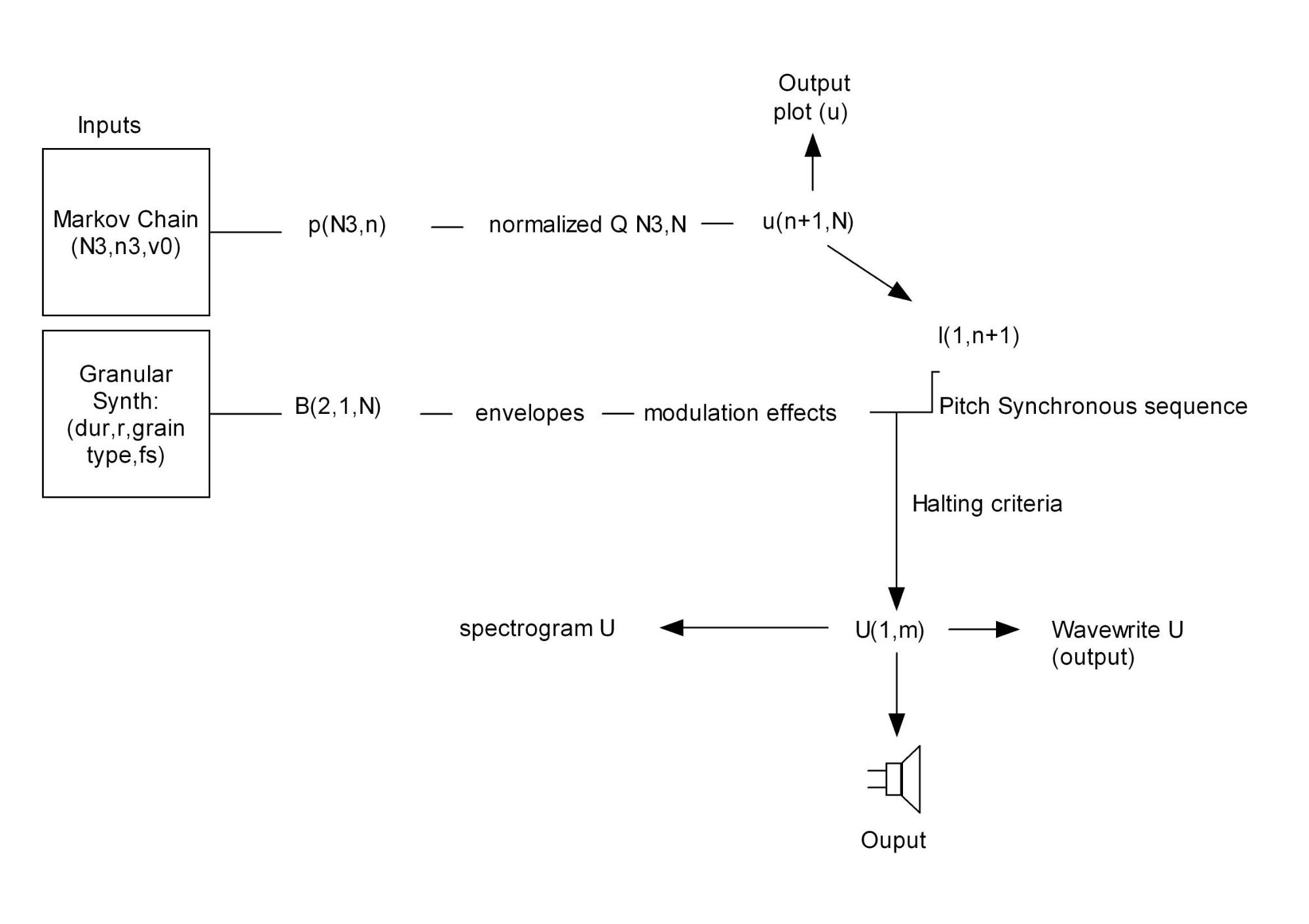
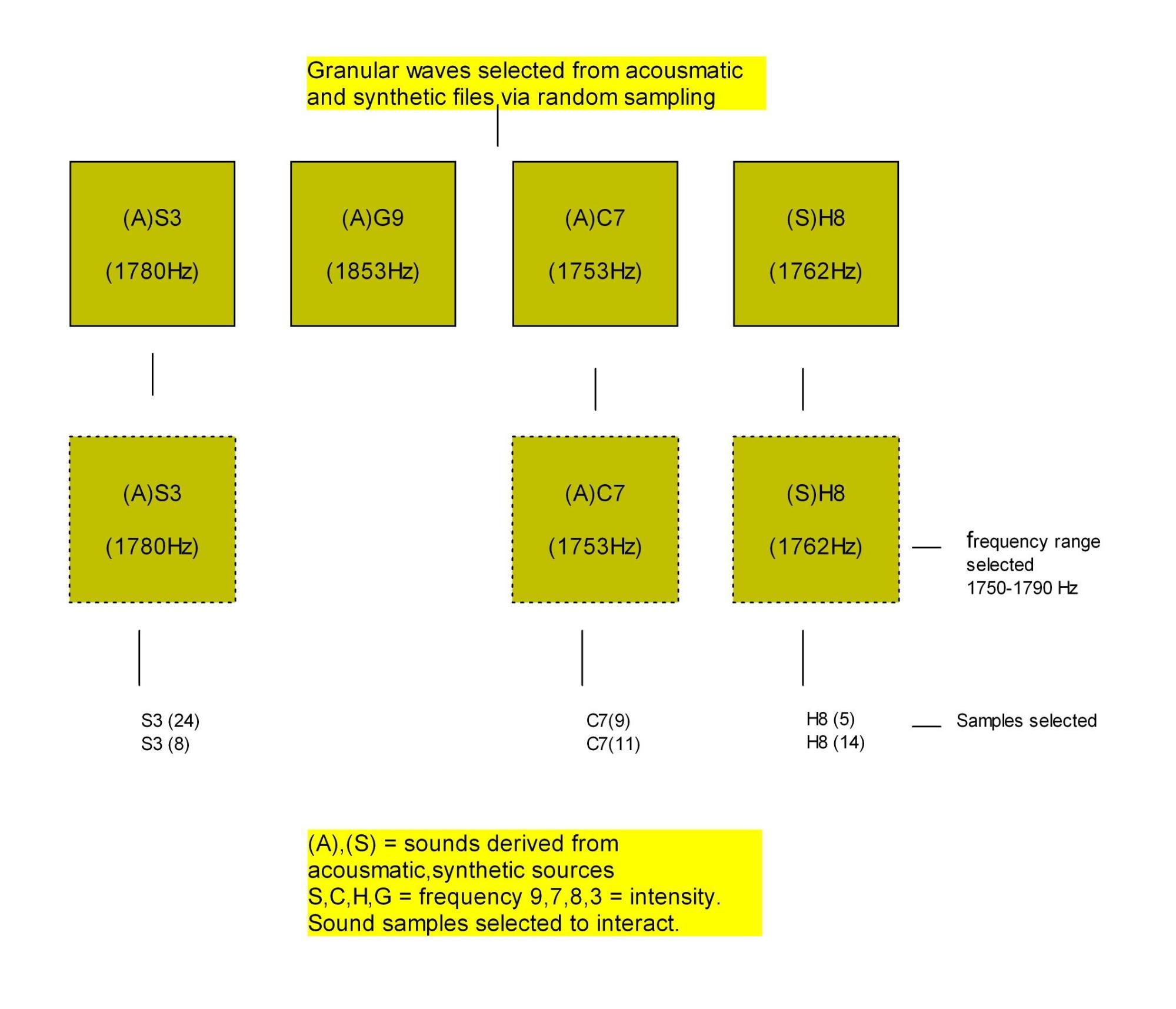
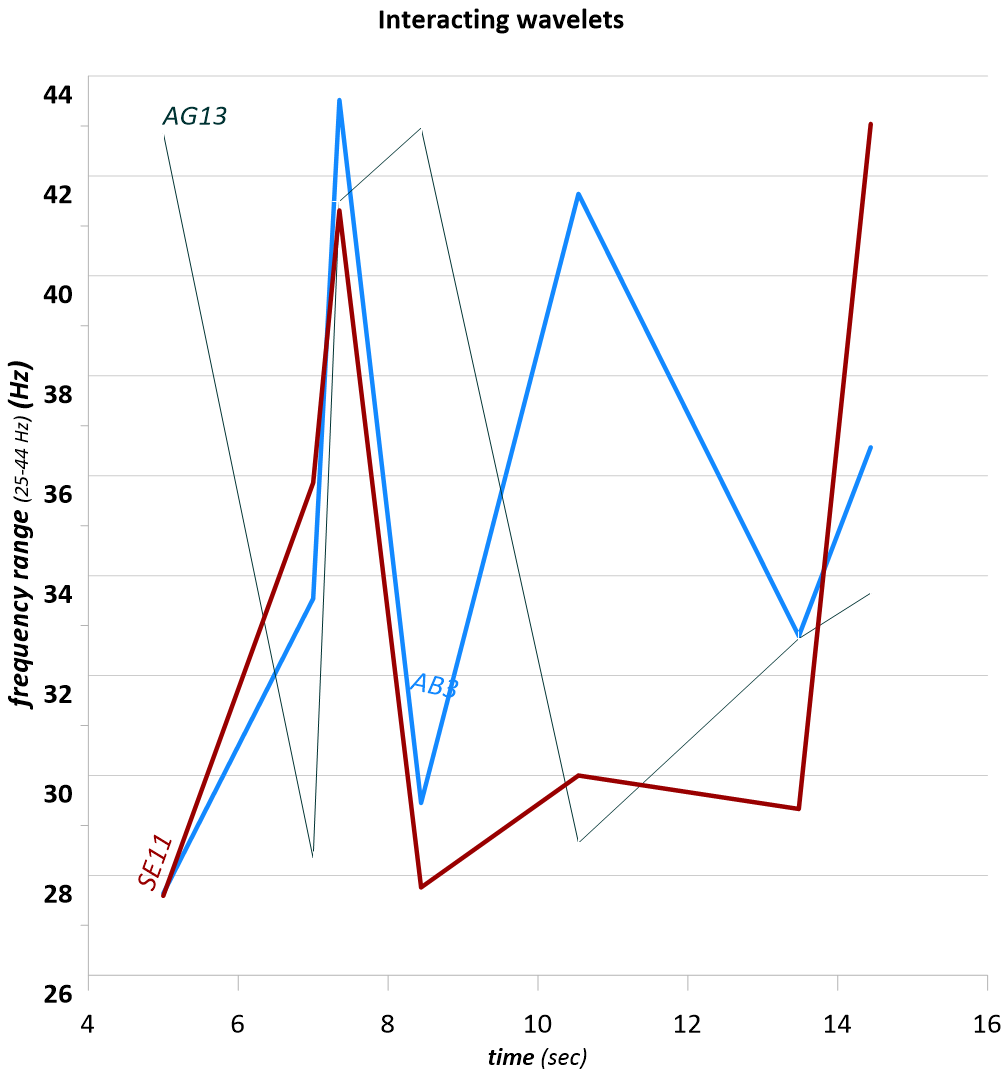
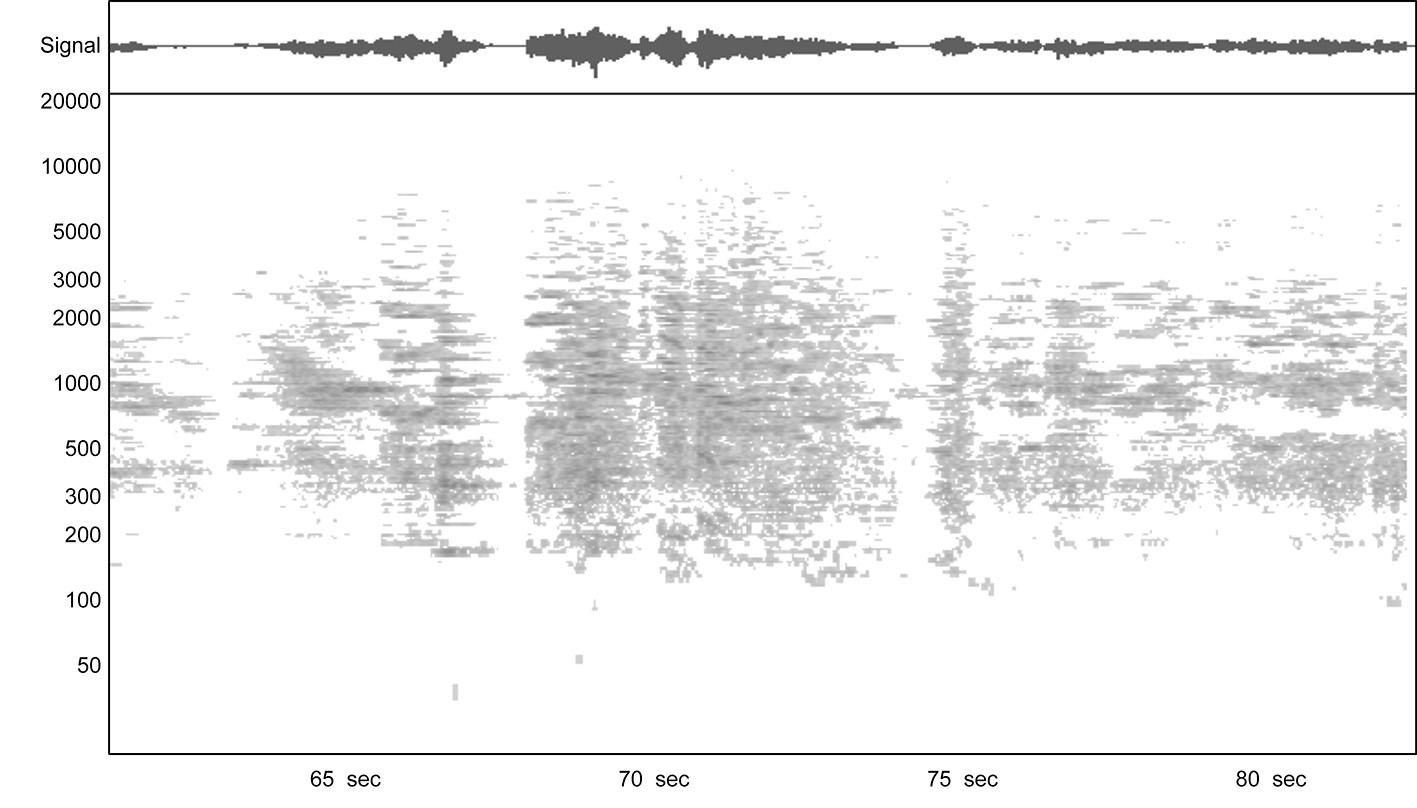
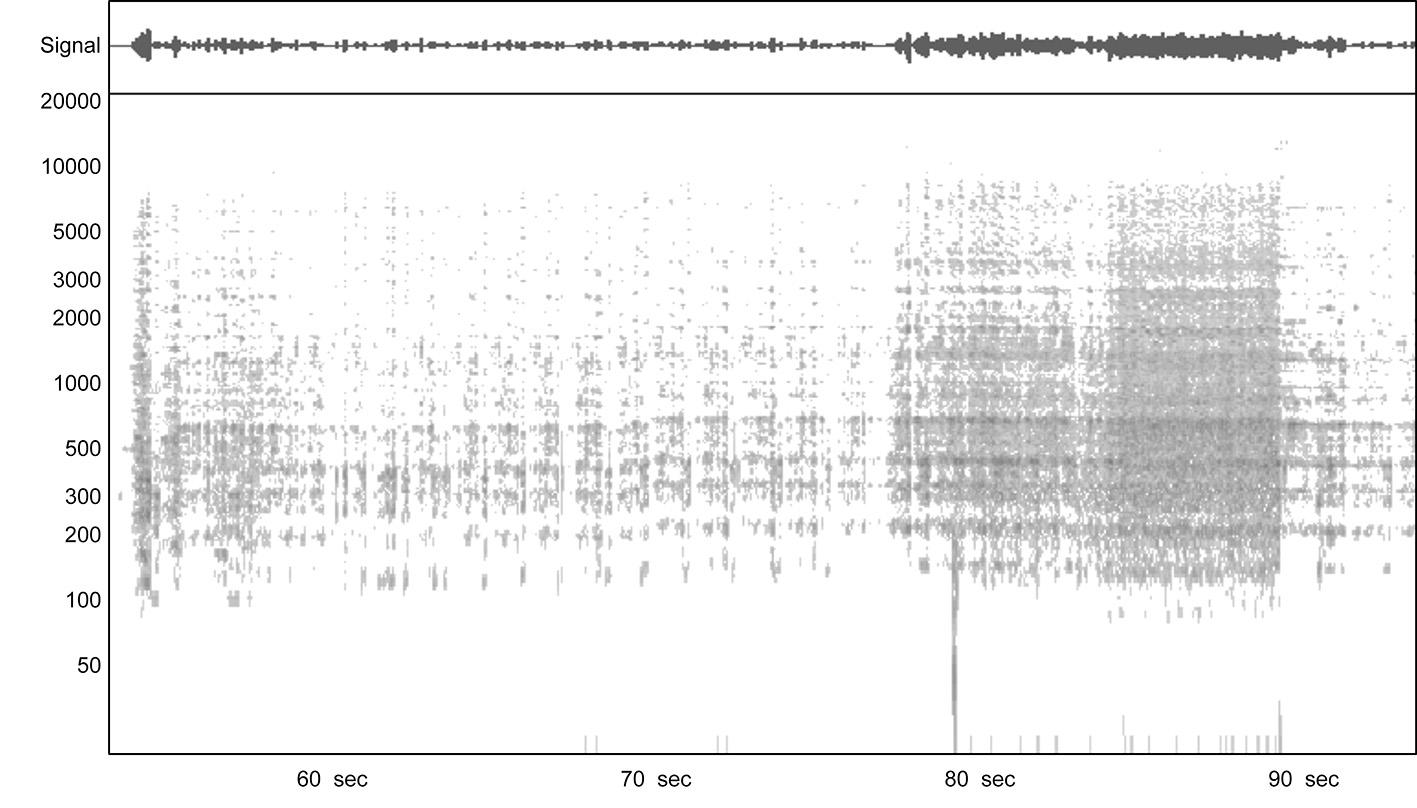
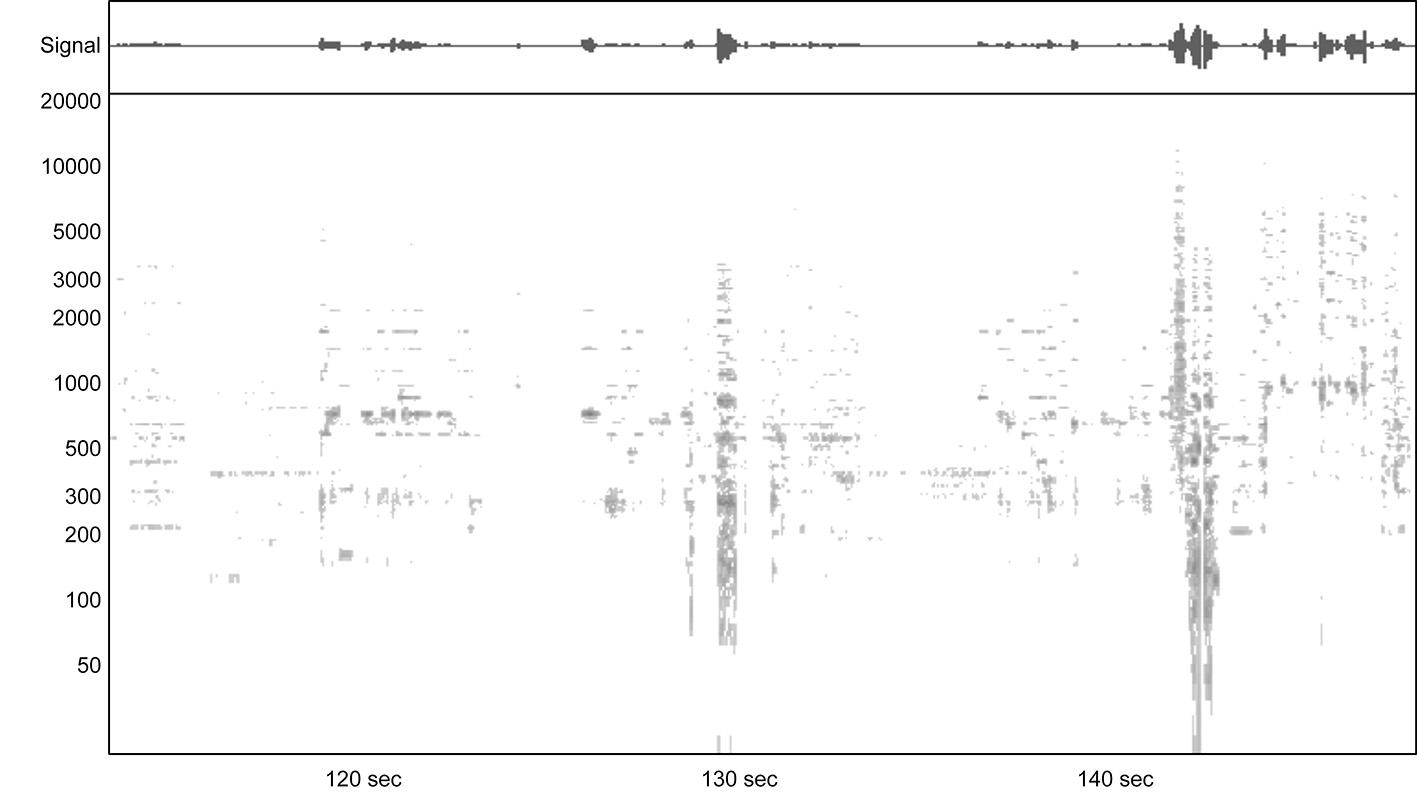
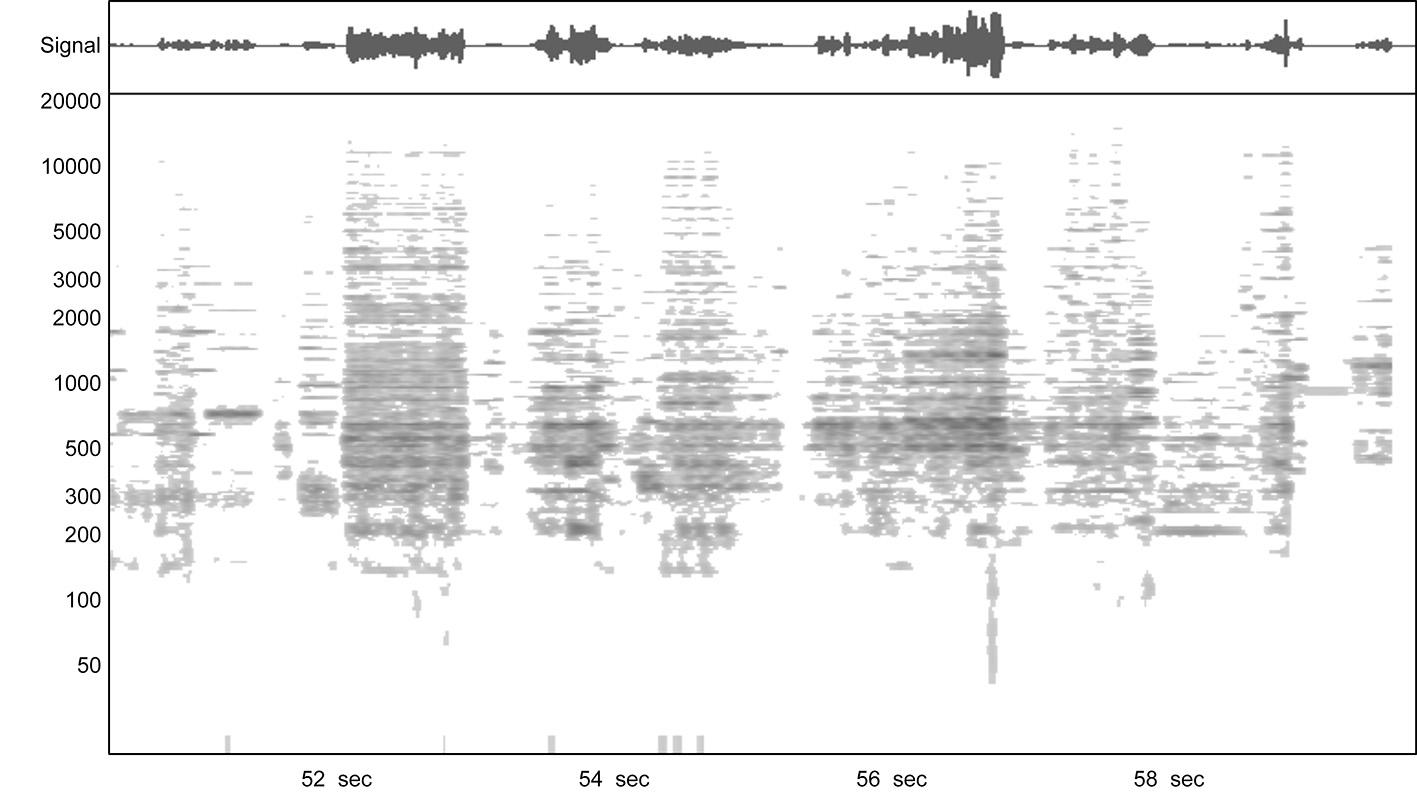
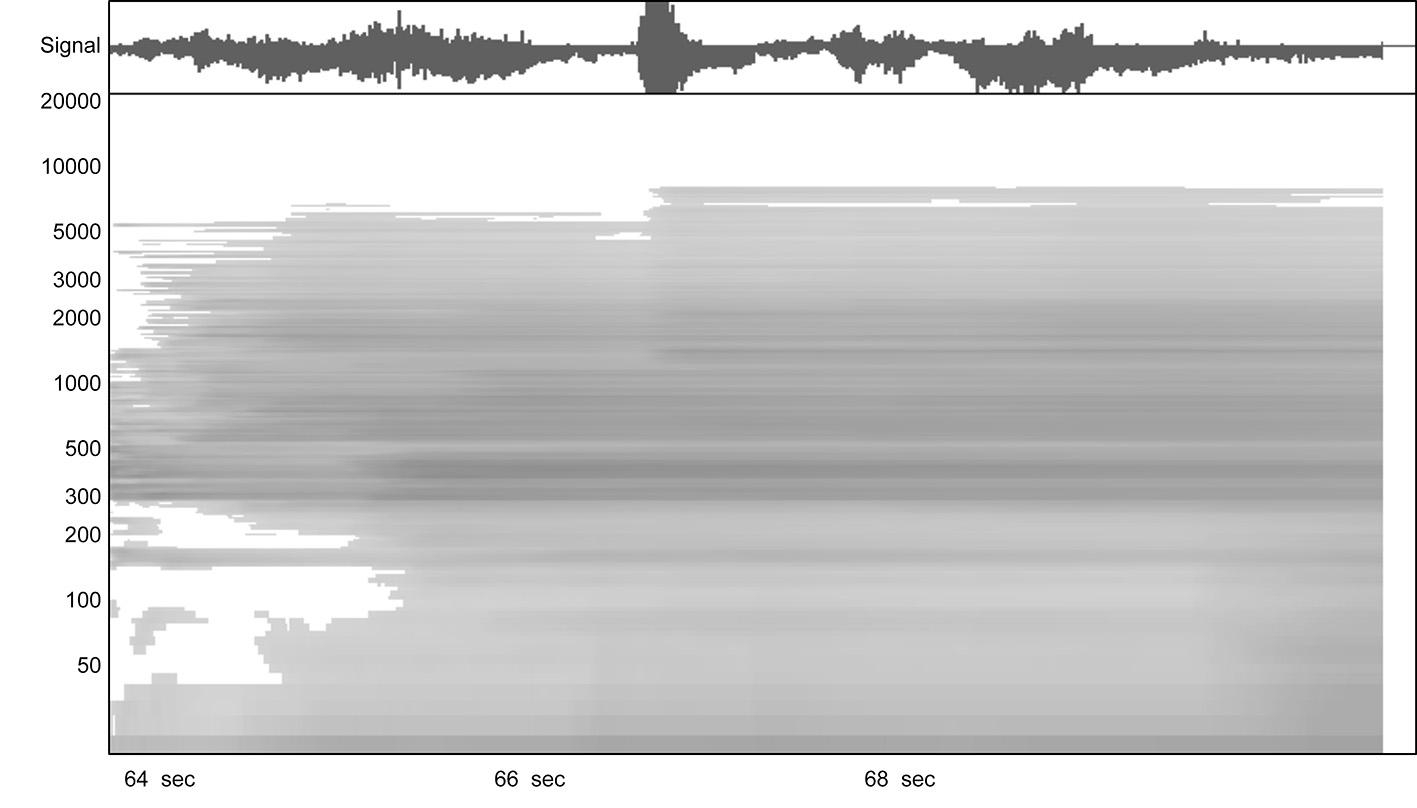
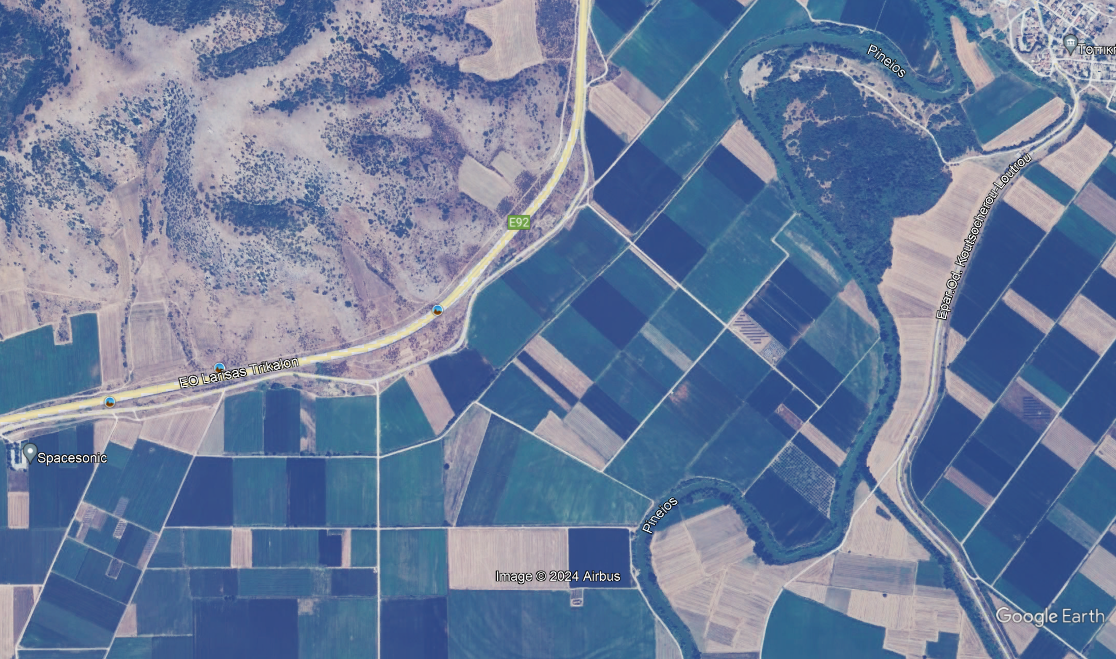
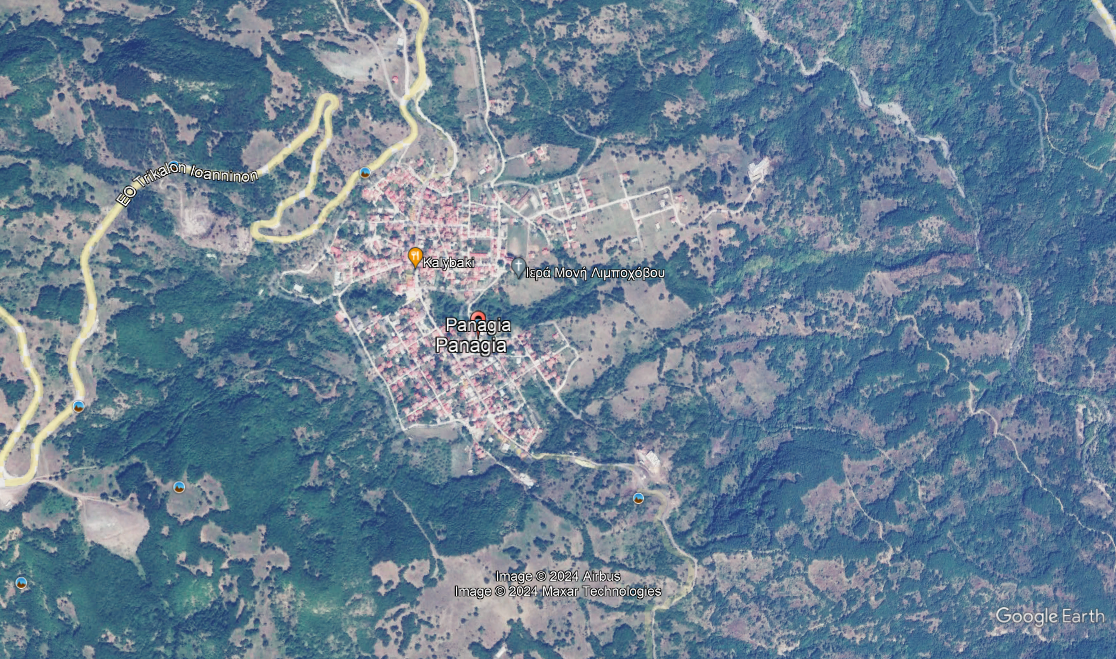
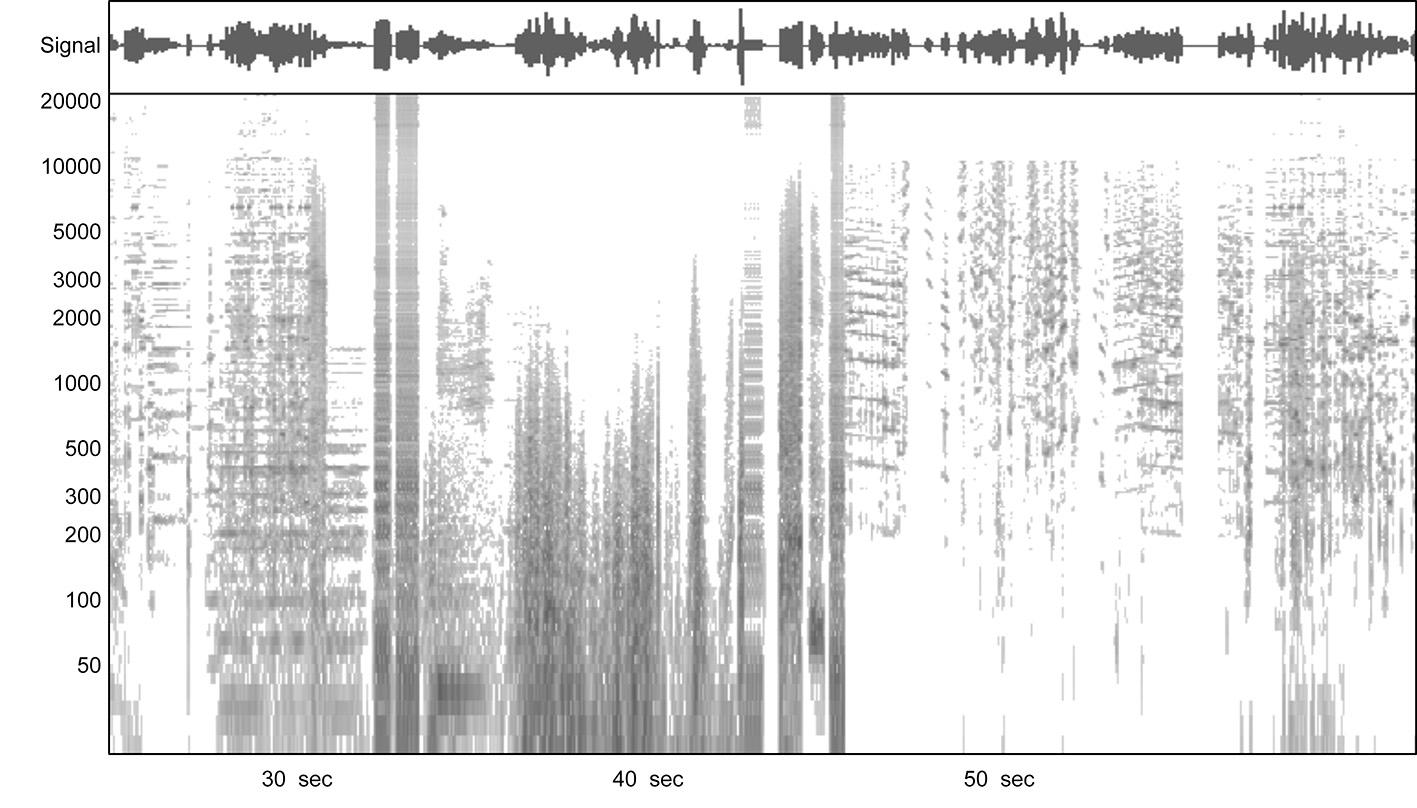
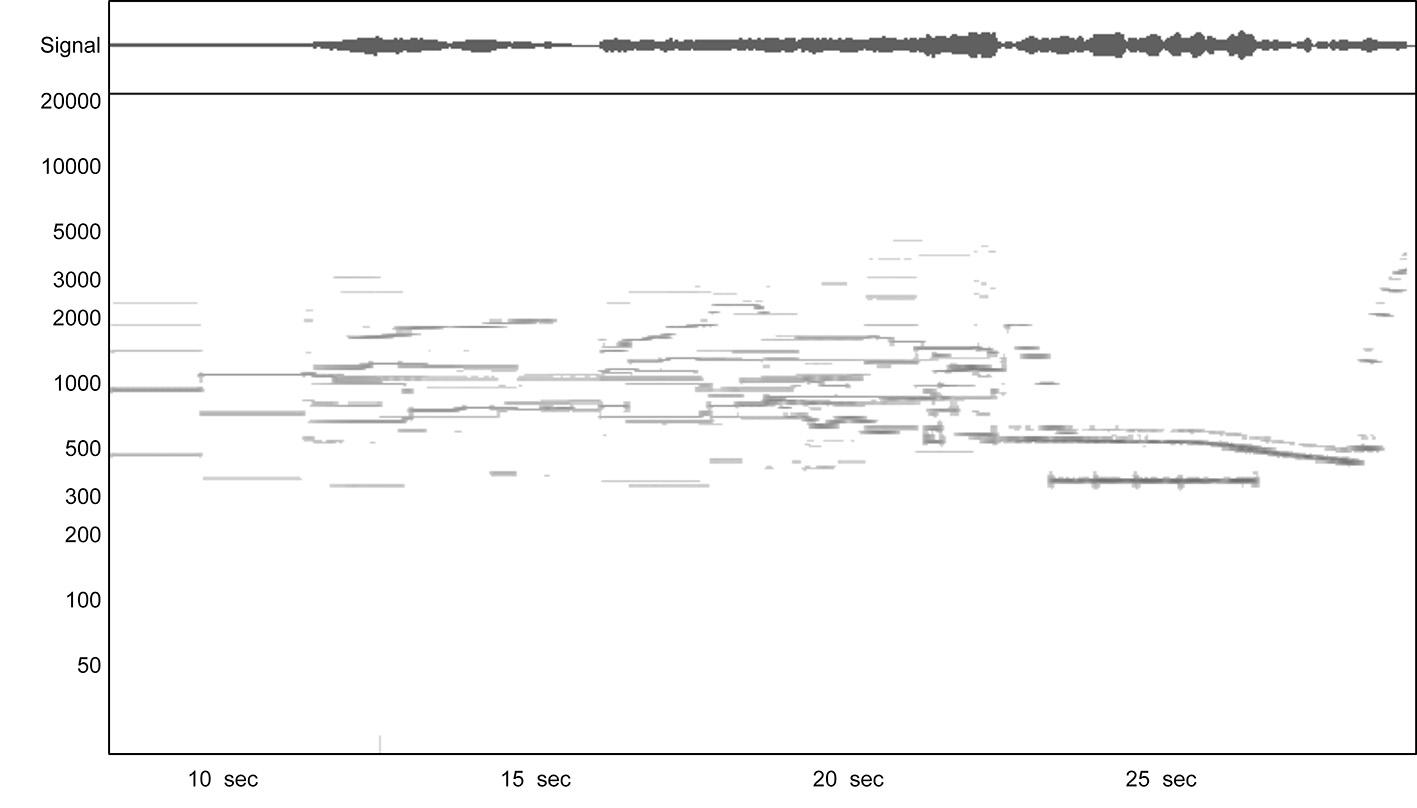
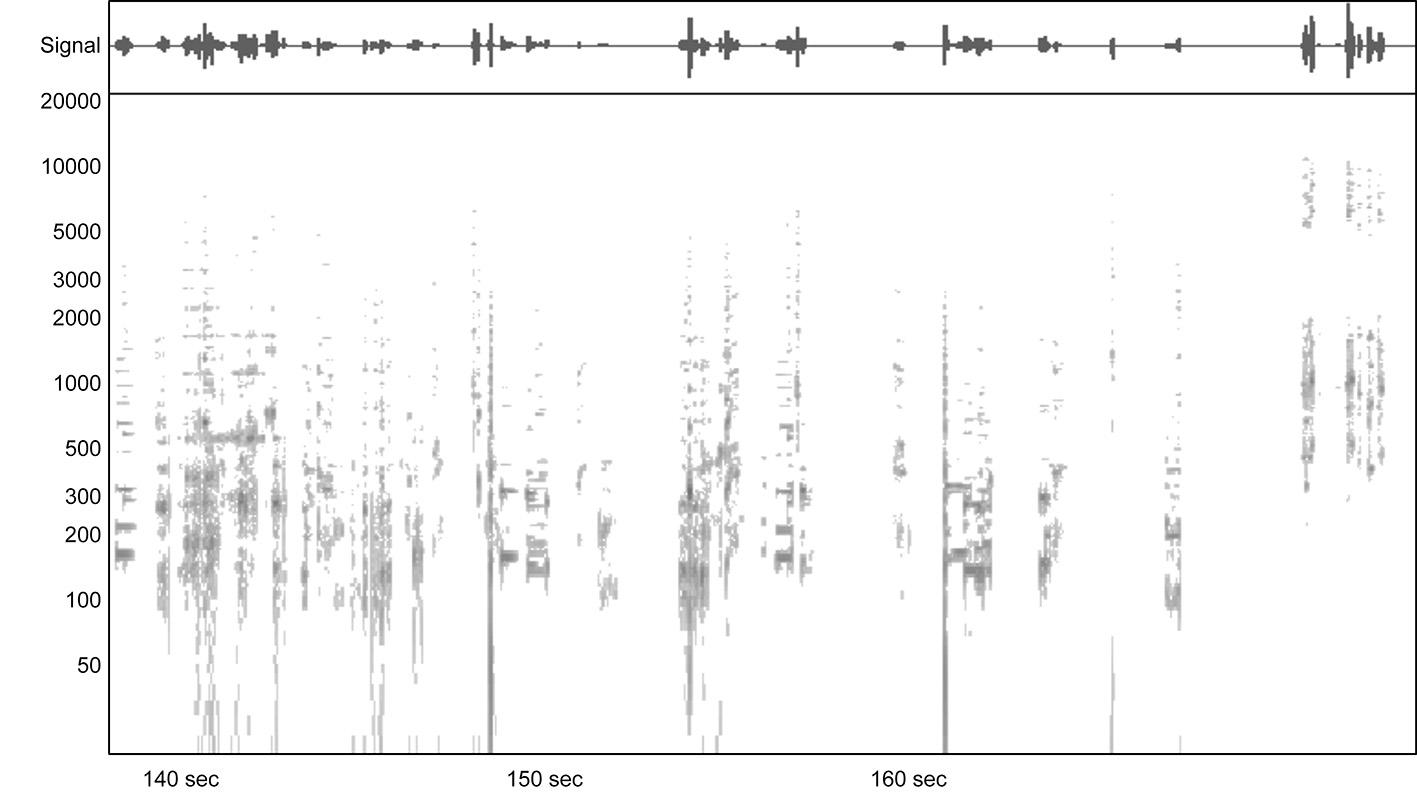
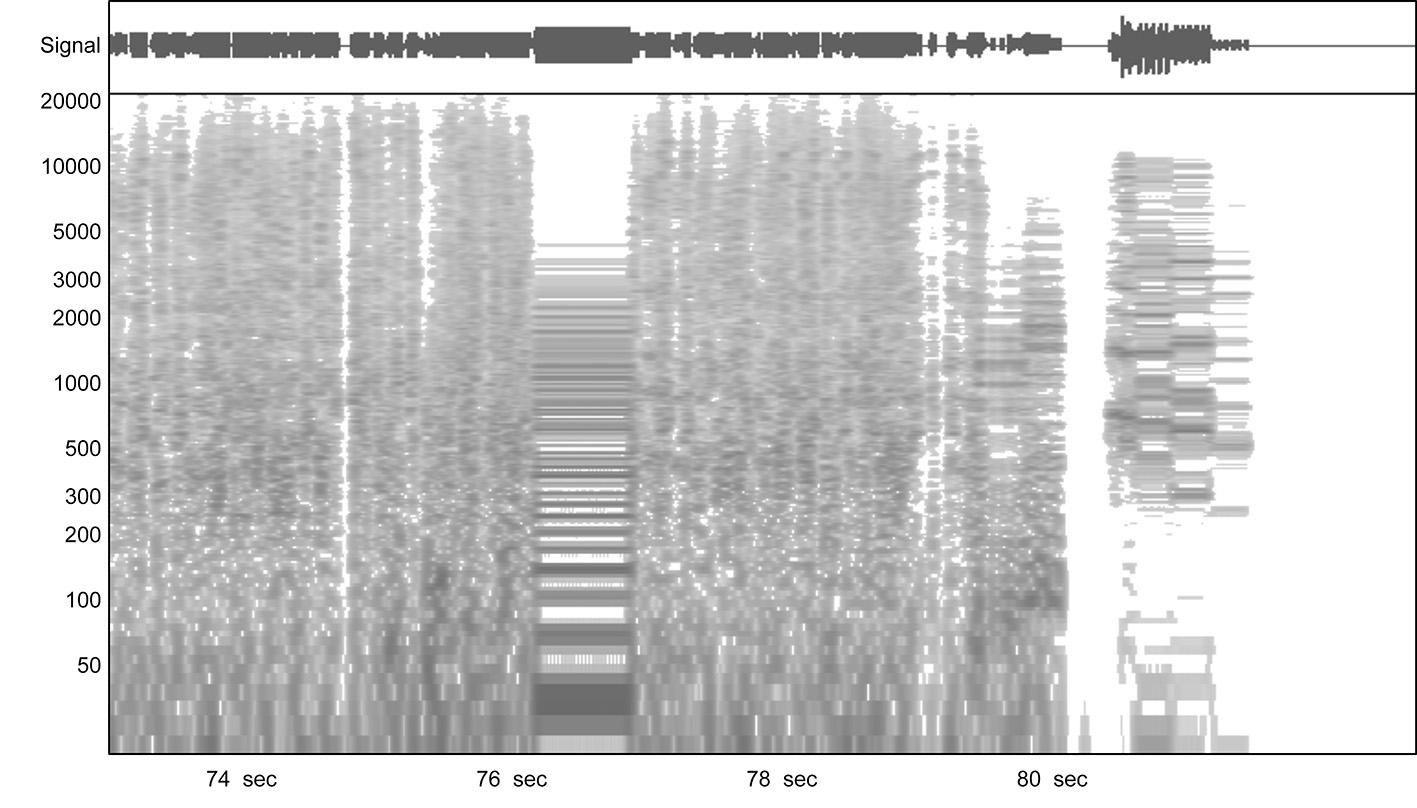
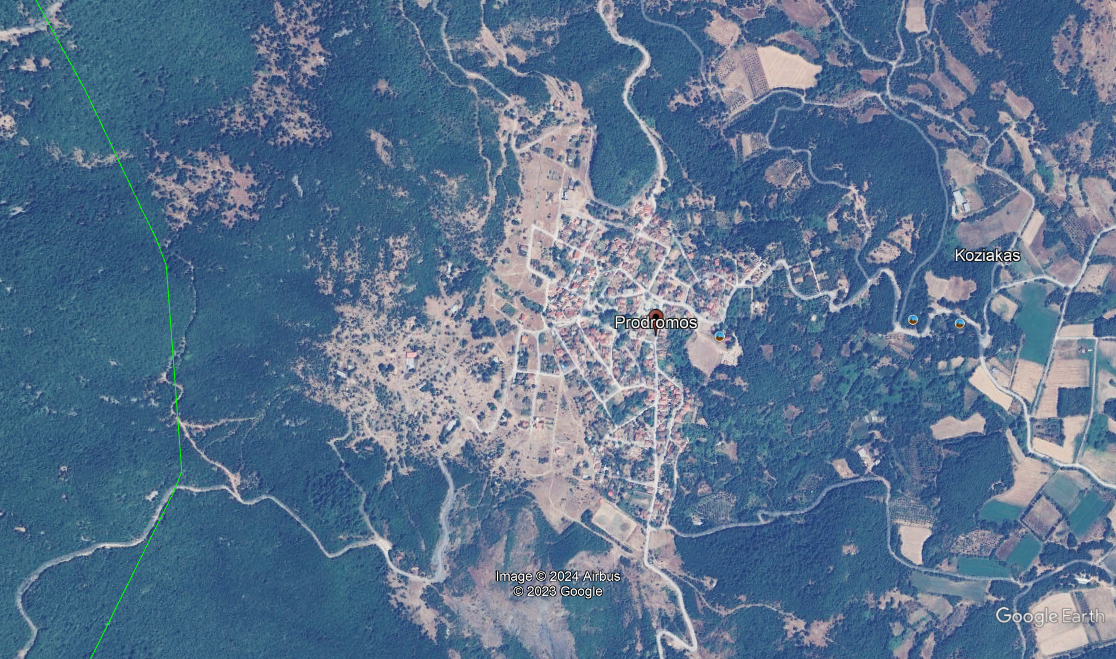
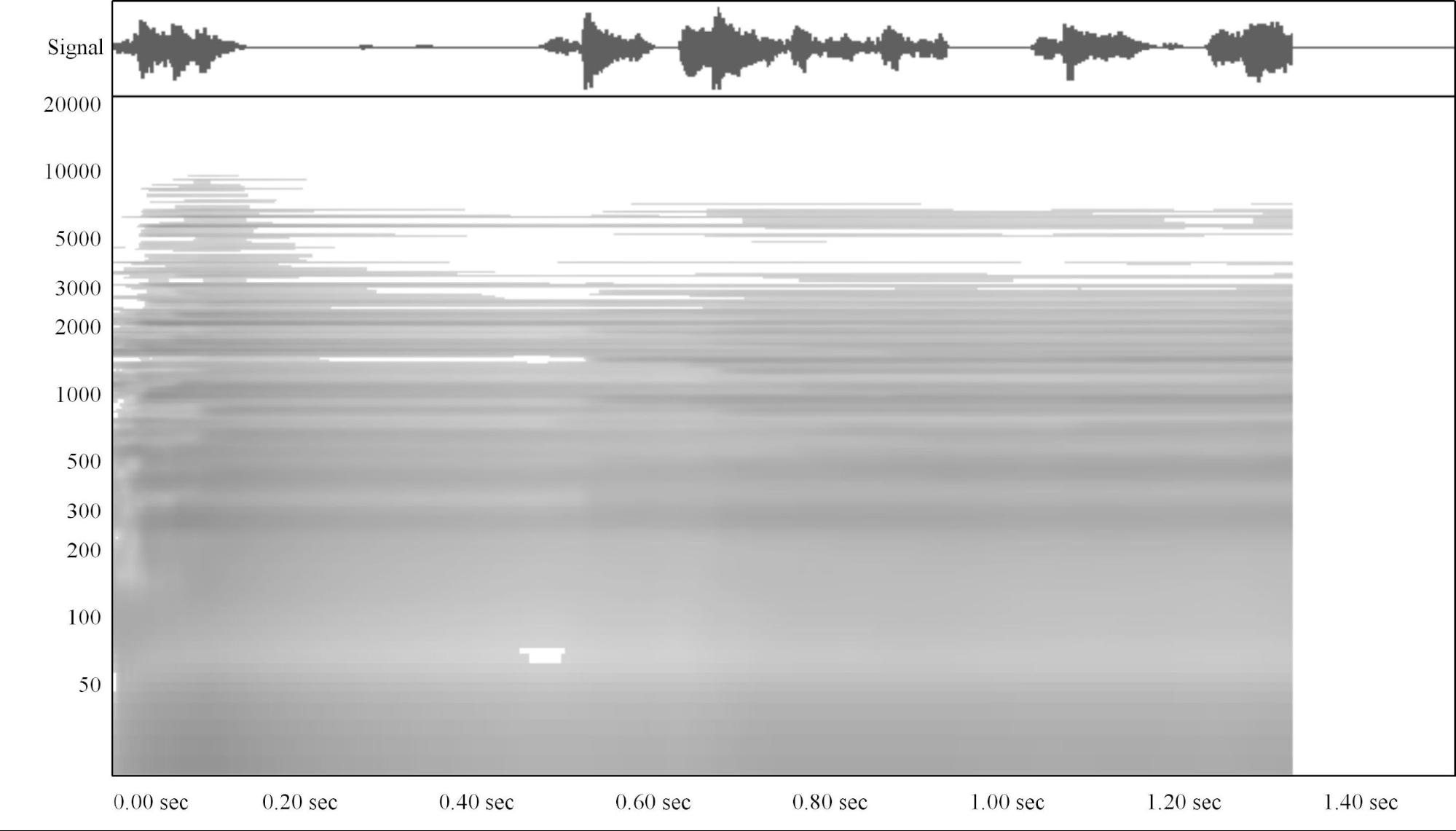
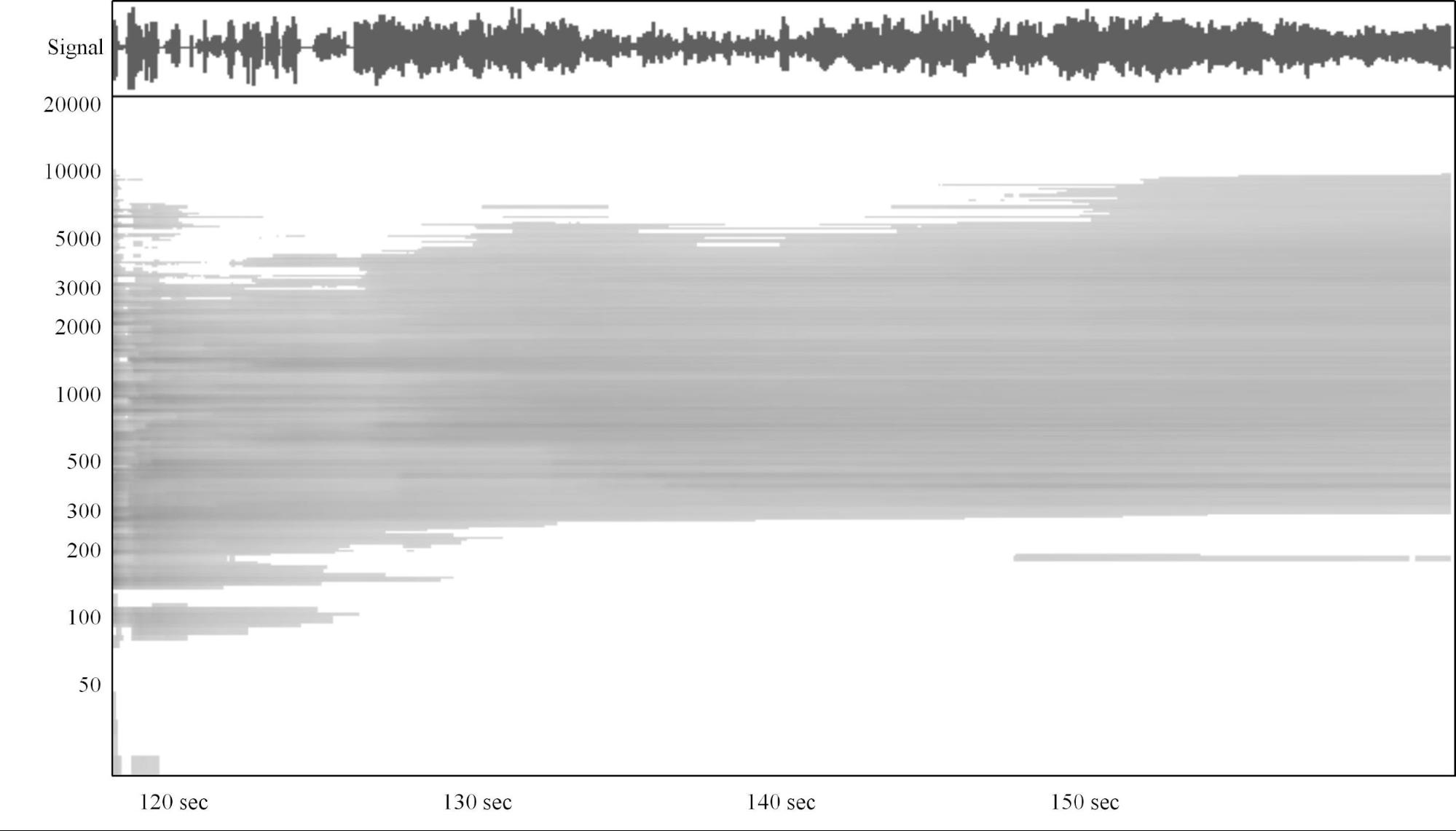
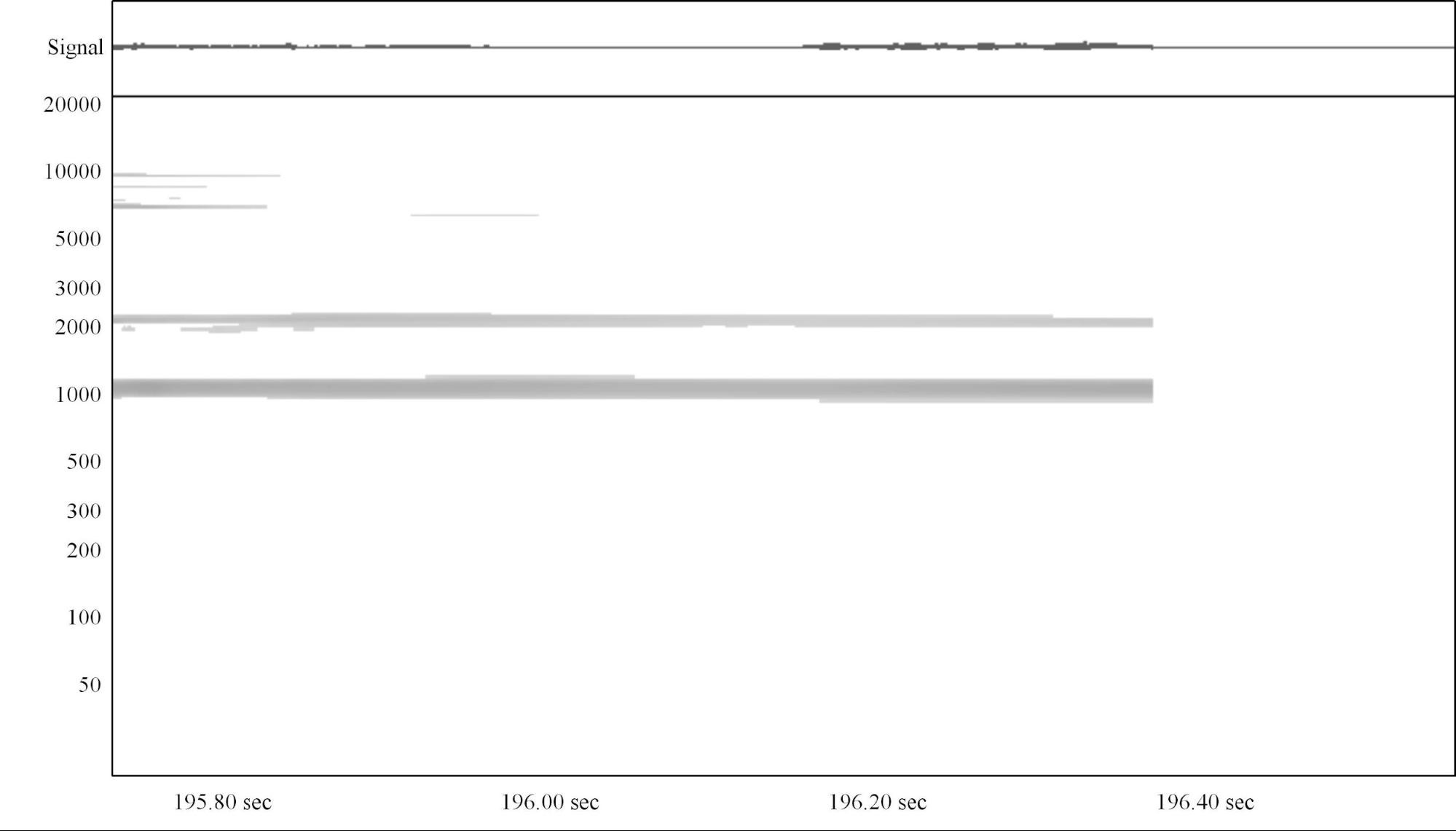
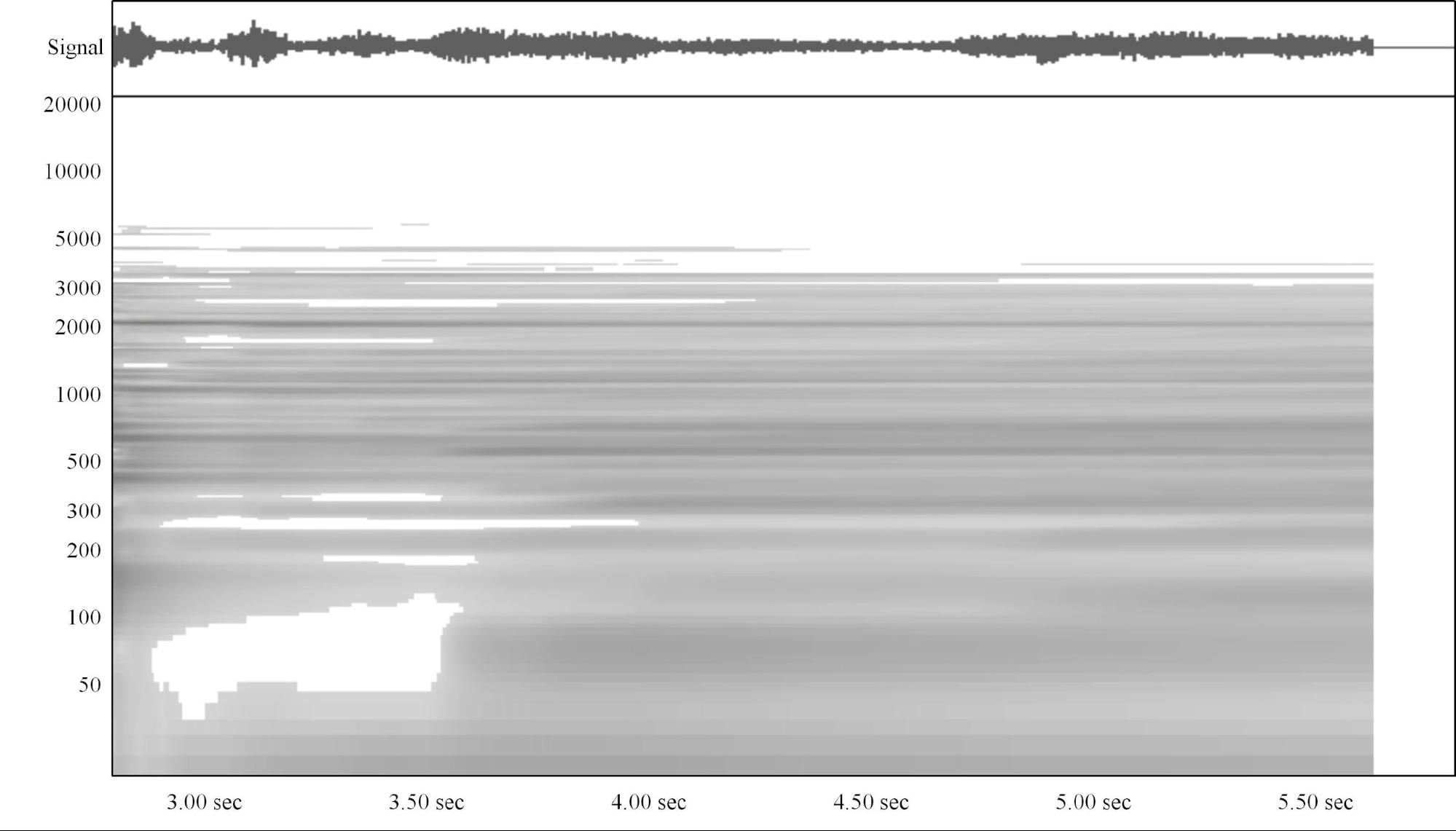
References (APA)
- Alfano, S., & Greer, M. L. (2003). A new method for integrating a stiff constitutive equation in a finite-element code. Journal of Guidance, Control, and Dynamics, 26(1), 106–110.
- Beznea, L., Deaconu, M., & Lupascu, O. (2015). Branching processes for the fragmentation equation. Stochastic Processes and their Applications, 125(5), 1861–1885.
- de Carvalho, H. T. (n.d.). An introduction to Markov chains in music composition and analysis [Unpublished manuscript]. Federal University of Rio de Janeiro.
- MacKay, D. J. C. (2003). Information theory, inference and learning algorithms. Cambridge University Press. https://doi.org/10.1145/1189056.1189063
- Markov, A. A. (1951). Selected works (Y. V. Linnik, Ed.). Academy of Sciences of the USSR.
- Papoulis, A. (1965). Probability, random variables, and stochastic processes. McGraw-Hill.
- Ramanto, A. S., & Maulidevi, N. U. (2017). Markov chain based procedural music generator with user chosen mood compatibility. International Journal of Asia Digital Art & Design, 21(1), 19–24.
- Thomson, P. (2004). Atoms and errors: Towards a history and aesthetics of microsound. Organized Sound, 9(2), 207–218. https://doi.org/10.1017/S1355771804000299
- Wolfram, S. (1984). Universality and complexity in cellular automata. Physica D: Nonlinear Phenomena, 10(1-2), 1–35.


